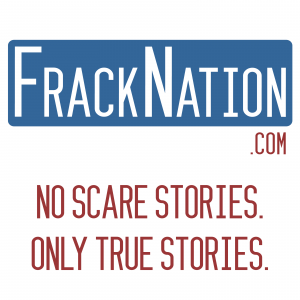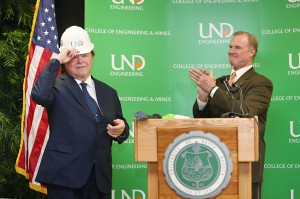Industry Clips from the Montana Petroleum Association, Inc.
Study of state’s renewable‐power mandate has support of environmentalists, utility companies (Jan. 17, Helena IR)Utility companies and environmental groups alike Thursday spoke in favor of a proposed legislative study of Montana’s nearly 8‐year‐old mandate for utilities to produce renewable power, saying it’s time to evaluate its impacts on industry, consumers and the state.
Sen. Alan Olson, R‐Roundup, the sponsor of Senate Joint Resolution 6, which calls for the study, said there’s been much discussion about the mandate, pro and con, since it began. A legislative study over the next 18 months can help “make a determination, one way or the other” on its effects, he said. It will “give us a firm, good grasp on where we’ve been and where we’re going,” Olson said.
Montana’s Unemployment Rate Falls, Flathead’s Ticks Up (Jan. 18, Flathead Beacon)Northwest Montana continues to have some of the highest jobless rates in the state, with Lincoln County leading
the way at 14.8 percent, followed by Sanders County at 14.1 percent. (A link within the article pulls up a report showing the lowest unemployment rate in Eastern Montana)
DRIESSEN: Obama’s wishful thinking on green energy (Jan. 18, Washington Times) Fracking translates into competitive advantages and more jobs, economic productivity and tax revenues. IHS Global Insight calculates that this revolutionary technology has already created 1.7 million new jobs, pumped hundreds of billions of dollars into the U.S. economy and generated more than $60 billion in federal, state and local tax receipts during 2012 alone. By 2035, it could create another 2 million jobs, rejuvenate American manufacturing, inject more than $5 trillion in cumulative capital expenditures into the U.S. economy, and generate $2.5 trillion in additional government revenues.
Obama’s Second‐Term Energy And Climate Agenda Taking Shape (Jan. 18, Huffington Post)The natural gas boom “puts the administration in an interesting position. They can be aggressive and look at natural gas for the possibilities it brings, or they can bow to the environmental community, which is not interested in more natural gas drilling,” said Frank Maisano, a Washington spokesman for a range of energy producers from coal to wind. The emergence of cheap, plentiful natural gas in particular poses a dilemma for Obama, who supports gas development as a cleaner alternative to fossil fuels that trigger global warming.
‘FrackNation’ documentary exposing the truth about fracking in the U.S. set for release next week (Jan. 18, Red Alert Politics)McAleer considers fracking to be a human rights issue more than anything else. That is why he focuses on the human aspects of fracking, such as the hardships that many farmers face financially if they aren’t allowed to lease out their land to oil companies. According to McAleer, there is a “mass movement for fracking” more so than there is a mass movement against it.














